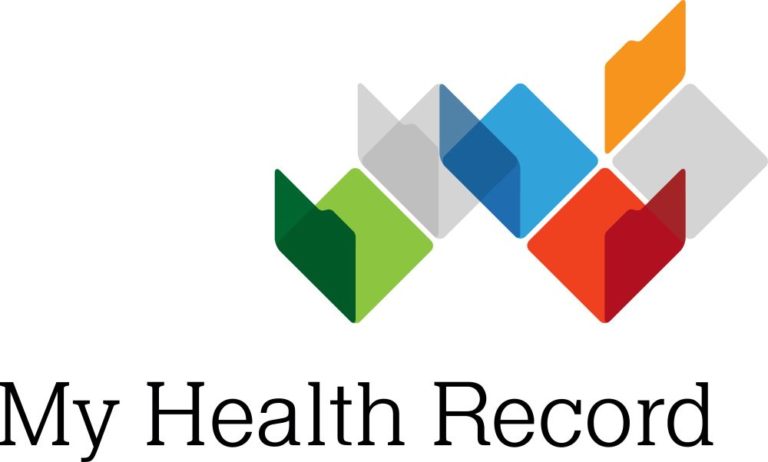[vc_row][vc_column][vc_column_text]The PHMAC was tasked with developing easy-to-understand categories of health insurance, standard definitions for medical procedures across all insurers for greater transparency and simplified billing, as well as ensuring private health insurance meets the specific needs of consumers living in rural and remote Australia.
While the PHMAC’s measures are expected to be in place by next year’s premium increase, scheduled for 1 April 2019, the questions on everybody’s mind is: will this reform help to deliver lower premium increases or will it only serve to heighten people’s frustration with private health insurance companies?
Consumer advocacy group CHOICE has urged the federal government to scrap its plan to allow health insurance companies to offer discounts to people aged 18 to 29, arguing the move will lead to health funds luring young adults into buying low-value ‘junk policies’.
“While the cost of private health insurance is one of the top concerns that needs to be addressed, cost cannot be looked at in isolation. Discounted private health insurance cover isn’t worth it if you don’t need the cover in the first place,” says CHOICE Campaigns and Policy Team Lead, Katinka Day.
“A cheap policy that adds little or no tangible value is a poor outcome not only for the individual, but also for taxpayers who are subsidising a private system.”
This was reinforced by former chief of the health insurers lobby group and board member of a not for profit health fund Russell Schneider in his submission to the Senate inquiry. He claims that unless 100,000 extra young people buy health insurance, premiums will rise for everyone else to cover the discounts.
The Consumer Health Forum remains concerned the discounts on health insurance premiums for young people under 30 will erode the community-rating principles and further entrench a two-tiered system.
“Such changes to health insurance rules seem designed largely in the health funds’ interests to shore up declining member numbers but go nowhere far enough to respond to the frustration and concerns many consumers have about their health cover,” the CEO of the Consumers Health Forum, Leanne Wells, said.
“The latest statistics showing a significant year-on-year overall fall in health insurance members, particularly the 5.3 per cent drop among those in their 20s, highlights the need for a searching examination of Government assistance and regulation of health insurance.”
The Medical Technology Association of Australia supports the Government’s private health insurance reforms and its intent to address the issues of value, affordability, simplification and transparency of health insurance for Australian consumers.
But its submission focused on concerns around the product categorisation issue of gold, silver, bronze and basic policies. It believes the proposed categorisations would negatively impact on consumers, leaving them worse off compared to the current system.
“The exposure draft released by the Department of Health proposes restricting coverage for some surgical interventions that consumers commonly rely on such as spinal fusion, joint replacements, insulin pumps (for which there is no public hospital alternative), pain therapies such as spinal cord stimulation, hearing implants and intraocular lenses. Under the Department’s proposed model, all of these procedures would require the highest and presumably most expensive level of cover despite many of these procedures being available today to people holding lower levels of cover,” the CEO of the Medical Technology Association of Australia, Ian Burgess, said.
“We have expressed to the Health Minister our concerns that insurers will choose to no longer offer these services on the lower categories. This could lead to a further retraction in the numbers of people with PHI in total, or a reduction in the number of people covered by effective health insurance which covers them for their needs. In either case there is a risk that further burden would be placed upon public health services for elective surgery and increased waiting lists for common procedures such as joint replacements.”
“We are discussing with Minister Hunt the need to protect consumers to ensure they are not required to pay higher premiums just to maintain existing levels of insurance coverage as a result of the product categorisations.”
With these reforms due to come into play from 1 April 2019, at the same time as premium increases and the likelihood of a Federal Election in May 2019 you can be certain health will be a major factor in the campaign.[/vc_column_text][/vc_column][/vc_row]




